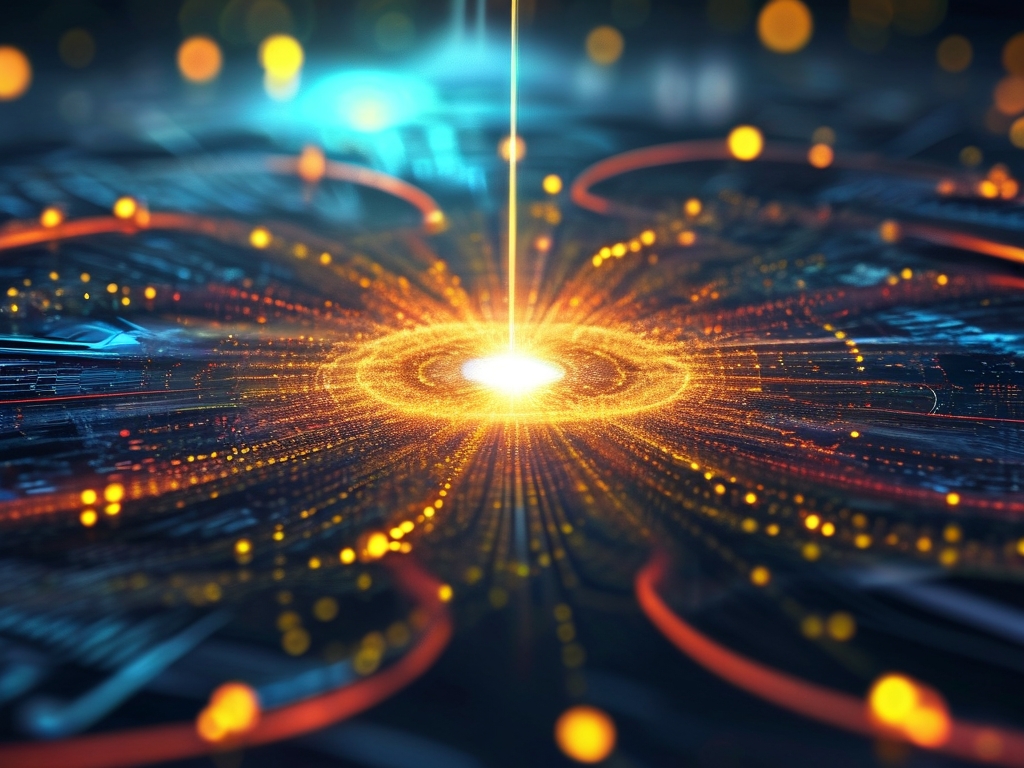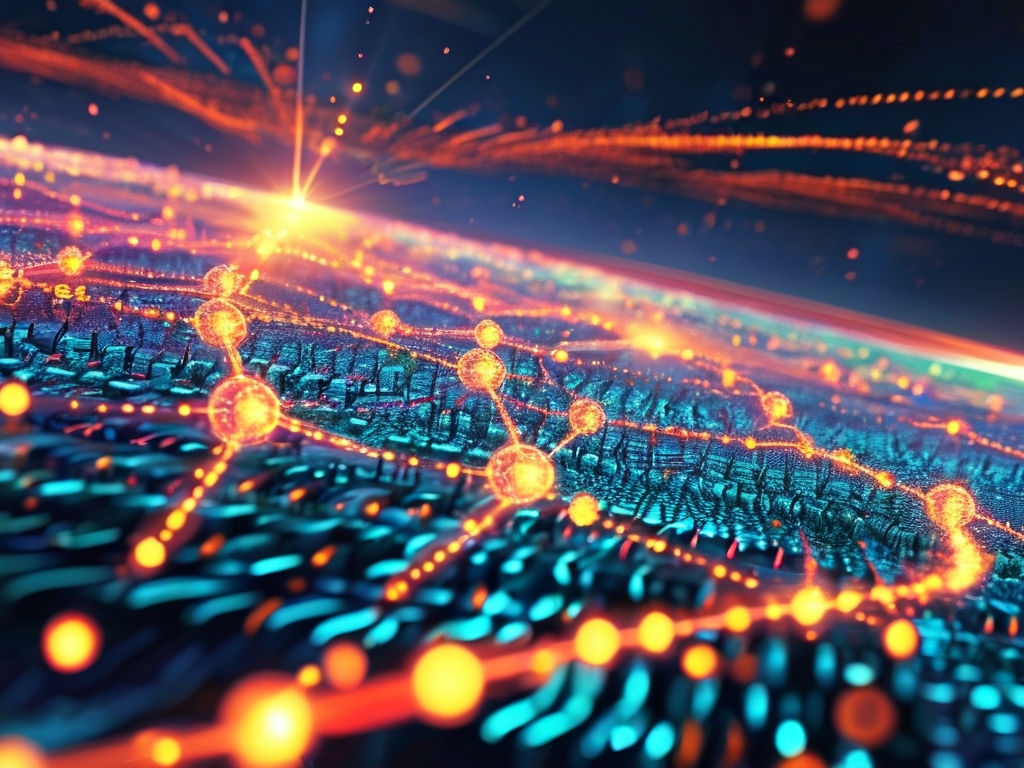The emergence of quantum computing has revolutionized how scientists approach data processing, and at its core lies a critical component: quantum memory. Unlike classical computing systems, which rely on binary bits (0s and 1s), quantum memory operates using quantum bits, or qubits. These qubits leverage the principles of quantum mechanics—superposition and entanglement—to store and manipulate information in ways that defy traditional logic.

Fundamentals of Quantum Memory
Quantum memory functions by encoding information into the quantum states of particles such as electrons or photons. A qubit can exist in a superposition of states, meaning it can represent both 0 and 1 simultaneously. This property allows quantum systems to process vast amounts of data in parallel. For instance, while a classical 4-bit memory can store one of 16 possible combinations at a time, a 4-qubit system can represent all 16 states concurrently.
Entanglement, another quantum phenomenon, enables qubits to become correlated such that the state of one instantly influences the state of another, regardless of distance. This interconnectedness is harnessed in quantum memory to create highly synchronized data storage mechanisms. When qubits are entangled, modifying one automatically updates its paired counterpart, a feature that enhances error correction and data integrity.
Challenges in Quantum Memory Design
One major hurdle in developing practical quantum memory is decoherence—the tendency of qubits to lose their quantum state due to environmental interference. Factors like temperature fluctuations or electromagnetic radiation can disrupt superposition and entanglement, leading to data corruption. To mitigate this, researchers employ techniques such as error-correcting codes and ultra-cold environments. For example, superconducting qubits are often cooled to near absolute zero (-273°C) to stabilize their quantum states.
Another challenge lies in scalability. Current quantum memory prototypes manage only a small number of qubits, while practical applications require thousands or millions. Advances in materials science, such as using diamond nitrogen-vacancy centers or trapped ions, aim to address this by creating more stable qubit architectures.
Quantum vs. Classical Memory
Classical memory stores data as electrical charges in transistors (DRAM) or magnetic orientations (hard drives). These systems are deterministic: reading data doesn’t alter its state. In contrast, quantum memory is probabilistic. Measuring a qubit collapses its superposition into a definite state (0 or 1), destroying the original information. To work around this, quantum algorithms are designed to extract results without directly observing intermediate states.
A practical analogy is comparing a library book (classical memory) to a hologram (quantum memory). The book contains fixed text, while the hologram changes based on the viewer’s perspective. Similarly, quantum memory’s value lies in its dynamic, multi-state representation of data.
Applications and Future Directions
Quantum memory isn’t just a theoretical construct—it’s pivotal for technologies like quantum cryptography and quantum networks. For instance, quantum repeaters rely on memory nodes to extend the range of secure communication by storing entangled photon states. Companies like IBM and Google are experimenting with hybrid systems that integrate classical and quantum memory to optimize performance.
Looking ahead, researchers are exploring photonic quantum memory, which uses light to store and transmit qubits. A 2023 study demonstrated a silicon-based photonic chip capable of retaining quantum states for over 10 milliseconds—a milestone for scalable quantum storage. Such innovations could pave the way for quantum cloud computing, where remote users access shared quantum resources via stabilized memory systems.
Code Snippets and Technical Insights
In quantum programming frameworks like Qiskit or Cirq, initializing quantum memory involves defining qubits and applying gates. Below is a simplified Qiskit example demonstrating superposition:
from qiskit import QuantumCircuit qc = QuantumCircuit(1) qc.h(0) # Apply Hadamard gate to create superposition
This code generates a qubit that exists in a 50% |0⟩ and 50% |1⟩ state until measured.
Quantum memory represents a paradigm shift in information storage, merging abstract physics with tangible engineering. While challenges like decoherence and scalability persist, breakthroughs in error correction and material science continue to push boundaries. As the field matures, quantum memory may unlock unprecedented computational power, reshaping industries from drug discovery to artificial intelligence.









